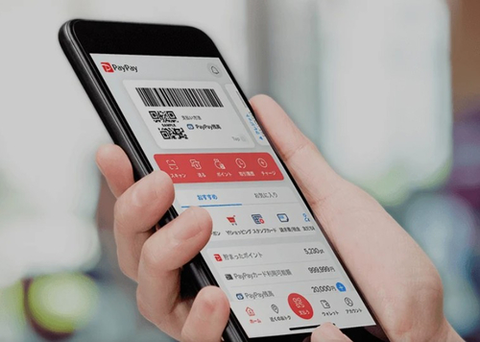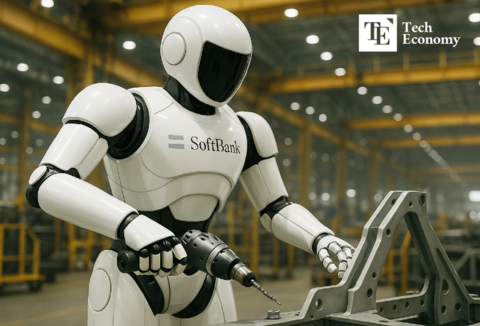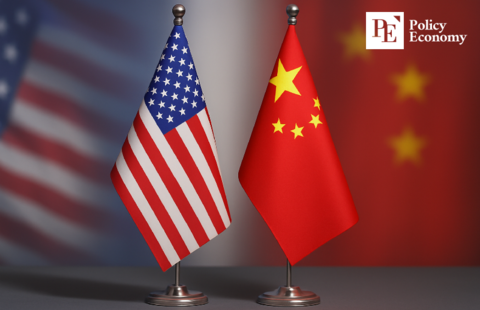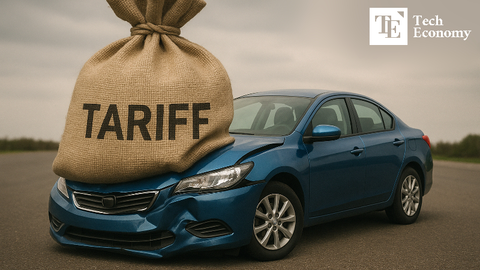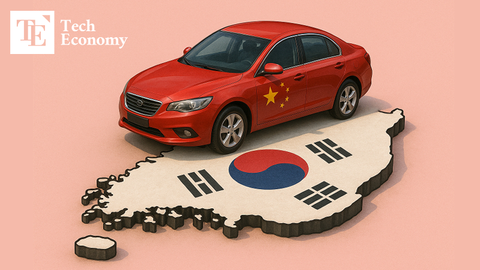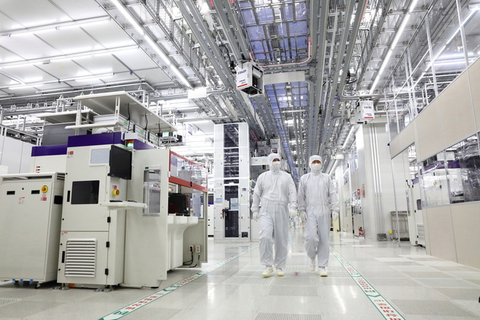‘Tariff Bomb’ Shakes Global Market — Laptop Industry Halts Shipments and Lowers Outlook
Input
Modified
Laptop Industry Temporarily Halts U.S. Shipments “Emergency Order Demand Has Dried Up” 20% Tariff Imposed on Laptops Made in China, the World’s Largest Production Base
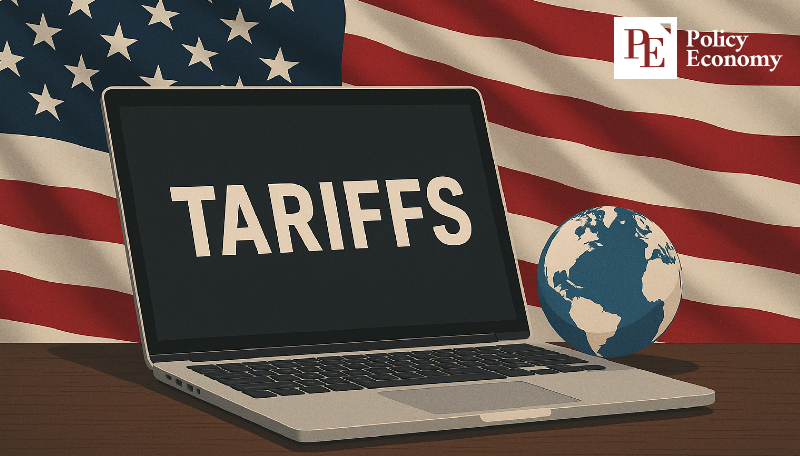
Just as the global laptop market began to show long-awaited signs of life, it was suddenly plunged into disarray. After years of stagnation, the industry had entered 2025 with optimism—driven by upcoming operating system transitions, heightened demand for artificial intelligence-powered devices, and signs of a broader consumer tech revival. But that momentum is now under threat. A sweeping tariff offensive spearheaded by the Trump administration has delivered a shockwave through global supply chains, forcing laptop manufacturers to slam the brakes on shipments, disrupting demand patterns, and forcing a rethink of yearly growth expectations. The so-called “tariff bomb” has not only rattled the world’s largest electronics makers but also birthed a new consumer phenomenon: the rise of the “tariff refugee.”
Early Buying Spree Drains Momentum
Since late last year, laptop makers had been working overtime to flood the U.S. market with supply. With the Biden-era trade status quo upended and a new wave of protectionist policies taking shape under Trump, manufacturers were bracing for import price shocks. Anticipating that laptops and other tech goods would soon be subject to steep levies, U.S. distributors rushed to build up inventory. In response, companies significantly increased their exports to the U.S., hoping to get ahead of the tariffs.
This front-loaded surge temporarily inflated shipment volumes, but by the second quarter of 2025, that momentum stalled. As inventories swelled but sell-through remained sluggish, distributors pulled back. By early May, major manufacturers began pausing shipments to the United States entirely, unwilling to risk flooding a saturated market.
Acer, one of the leading PC brands, confirmed this shift during its Q1 earnings call, noting that “emergency orders have disappeared,” and that “inventory in the U.S. market is sufficient,” leaving “no risk of short-term shortages.”
Part of the distortion is attributed to American consumers rushing to buy laptops early to avoid expected price hikes. Market intelligence firm IDC reported a sharp increase in PC sales via distribution channels in Q1, totaling $4.07 billion—a 27.8% jump from the previous year. Desktops saw the largest increase at 35.3%, while laptops and workstations followed with 26.9% and 49.3% growth respectively.
This demand spike, however, may have been a mirage. IDC attributed the Q1 boom to uncertainty surrounding tariffs, rather than organic market growth. In early April, the Trump administration introduced new tariffs targeting a wide range of Chinese imports, including many IT products. In some cases, the duties exceeded 100%, despite a 90-day implementation delay. Retailers and consumers alike scrambled to purchase goods before the new costs hit. But now, with inventories high and future pricing uncertain, the market faces a probable demand cliff in the second half of the year. IDC predicts a downturn as inventories deplete and tariffs come into full effect.
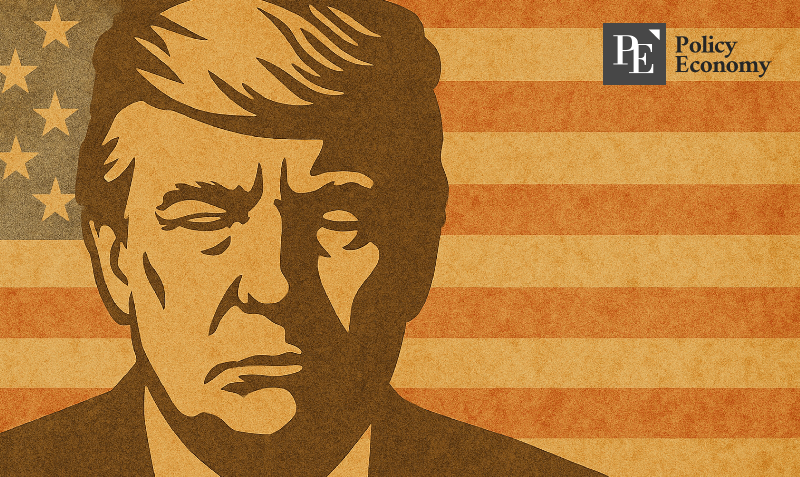
The Emergence of ‘Tariff Refugees’
As the trade war escalates, it’s not just companies scrambling for cover—consumers are also adapting in creative ways. One unexpected twist: a growing number of Americans are now traveling to China to shop, intentionally bypassing tariff-inflated prices at home. Chinese state media, quick to seize on the moment, has framed this as a symbolic reversal of trade flows, with headlines like “Americans Come to China for Shopping Tourism to Avoid Trump’s Tariff Bomb” and “Reverse Cross-Border Shopping: Americans Now Flocking to China.”
While such coverage may reflect political posturing, real-world figures back the trend. According to Chinese mobile payment giant Alipay, spending by foreign tourists in China from May 1 to 15 increased 2.5 times compared to the same period last year. More strikingly, spending by American tourists tripled. The data strongly suggests that more Americans are indeed shopping abroad to sidestep rising domestic costs on electronics and consumer goods.
This movement has even led to the emergence of a new term—“tariff refugees.” Drawing comparisons to the “TikTok refugees” who sought alternative platforms during Trump’s social media bans, the phrase refers to Americans now crossing borders in search of better deals. These “refugees” are emblematic of how everyday consumers are caught in the geopolitical crossfire, altering behavior to cope with rapidly changing trade dynamics.
A Market Tipped Toward Contraction
The ramifications of these shifts are already dragging down expectations for the rest of the year. At the start of 2025, analysts had forecasted a bullish outlook for the laptop market. The expiration of Windows 10 support was expected to spur upgrade cycles, while emerging interest in AI-powered laptops promised to ignite new demand. But those hopes are now being revised.
The U.S. alone represents roughly 30% of global laptop demand, making it a critical anchor for manufacturers. If tariffs push retail prices higher—as now seems likely—both consumer and enterprise buyers may delay or cancel purchases. Market confidence is fragile, and hesitation is beginning to replace enthusiasm.
In a bid to protect their margins and reduce exposure, many manufacturers have started relocating production hubs to Southeast Asian nations. Yet this reshoring effort is time-consuming and expensive, and the threat of new tariffs remains unresolved. President Trump has technically exempted laptops, smartphones, and computers from mutual tariffs, but these exemptions are not guaranteed. The U.S. Commerce Department is conducting product-by-product investigations, and Secretary Howard Lutnick has warned that tariffs could still be enforced “within a month or two,” describing current exemptions as “not permanent.”
Reflecting this uncertainty, TrendForce recently slashed its 2025 forecast for global laptop shipment growth from 3.6% to 1.4%. Should the full brunt of the tariffs materialize, the market may shrink by 2.1%, tipping into negative growth for the first time in years.
An industry insider summed up the stakes bluntly: “If laptop tariffs are ultimately limited to 10–20%, the added cost burden might be manageable, and market sentiment could stabilize. But if they go higher, price hikes and weak demand are inevitable.”



